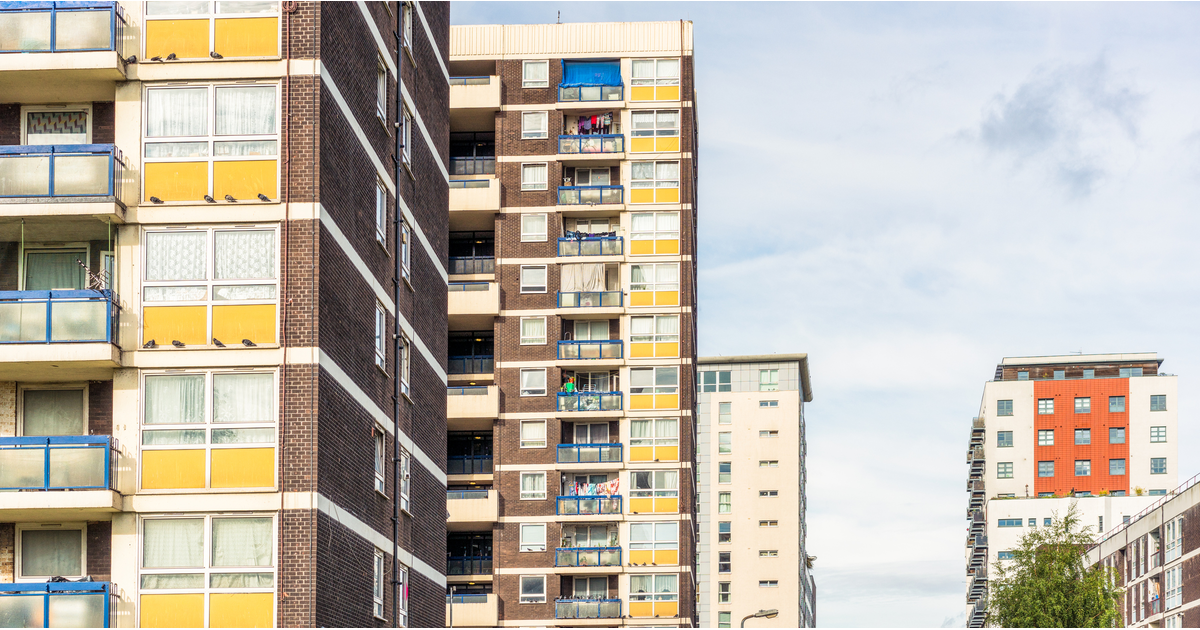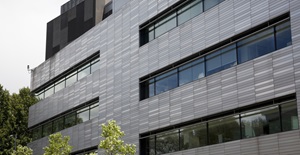Out-Law / Your Daily Need-To-Know
Out-Law Analysis 4 min. read
High-rise building safety reform: new duties during construction

25 Jun 2019, 2:39 pm
The new system may be extended to a much wider range of buildings where people sleep. Building owners, developers, designers and contractors need to begin planning now.
Currently, duties under the building regulations attach to the person undertaking building work. Accountability can be unclear. To address this, the government plans to implement Dame Hackitt's recommendation to implement a robust and challenging set of building safety responsibilities during the construction phase and beyond.
The government is proposing to align the new responsibilities with the dutyholder roles set out in the 2015 Construction (Design and Management) Regulations (CDM), which provides a system of accountability to ensure health, safety and welfare of workers on construction projects. Some basic duties will apply to all construction work while specific duties will attach to the roles of client, principal designer and principal contractor.
The consultation is open until 31 July 2019, and the government will consider responses over the summer and publish its own response in the autumn. We expect any changes from the published proposals to be fine tuning rather than a fundamental rethink. Organisations in the new dutyholder roles can start to prepare now by:
- engaging with professional and trade bodies on the development of competency frameworks;
- reviewing contracts and procurement processes;
- implementing information gathering and management systems to capture the 'golden thread' of information for all buildings in scope; and
- reviewing policies and procedures to ensure robust oversight of building safety at board level.
Proposed duties for the client
It is envisaged that the client role will be key to establishing a culture of compliance for the project. Client duties will include:
- project arrangements: making suitable arrangements for managing the building work to deliver compliance with the building regulations, including the allocation of sufficient time, resources and prioritisation;
- key appointments: appointing a competent principal designer and principal contractor, with named individuals registered as competent with the new building safety regulator;
- compliance: taking reasonable steps to ensure that the principal designer and principal contractor comply with their building safety obligations;
- golden thread: establishing appropriate information management arrangements for the building;
- gateways: ensuring that regulatory requirements to get approval from the new building safety regulator at various stages of the project are met; and
- handover: ensuring an appropriate pre-occupation handover takes place.
Proposed duties for the principal designer
The principal designer role in the new regime is onerous. The proposals will transform the role and its risk profile, and there are already signs that it may become more difficult to obtain professional indemnity insurance.
The new system may be extended to a much wider range of buildings where people sleep. Building owners, developers, designers and contractors need to begin planning now.
Duties will include:
- leading the design: planning, monitoring and managing the pre-construction phase and coordinating building safety to ensure that the project complies with building regulations;
- monitoring designers: taking reasonable steps to ensure that all designers are discharging their duties and promoting the statutory building safety objective;
- golden thread: developing and/or contributing to the information that must be submitted at regulatory gateway points. Developing and maintaining a complete golden thread of information, and contributing to the handover process prior to occupation; and
- compliance: signing a declaration, along with the principal contractor, that the building complies with the building regulations.
Proposed duties for the principal contractor
The principal contractor will have the main duty to ensure that the building is constructed in accordance with the approved plans. There is clearly scope for these duties to be integrated with the current project arrangements under CDM.
Duties will include:
- leading construction: planning, monitoring and managing the construction phase and coordinating building safety to ensure that the project complies with the building regulations;
- monitoring the supply chain: taking reasonable steps to ensure that contractors are meeting their duties and promoting the statutory building safety objective;
- golden thread: developing and implementing the Construction Control Plan to ensure compliance with full plans and contributing to other information and record-keeping requirements; and
- compliance: obtaining sign-off from the client and principal designer and/or regulator approval before deviating from approved plans during construction. Signing a declaration that the building complies with the building regulations and that an appropriate handover back to the client has taken place.
Proposed duties for everyone
Some of the proposed new duties will apply to everyone. They include:
- statutory objective: an over-arching duty to promote building safety and the safety of persons in and around the building. Exactly how this would work in practice is not entirely clear;
- mandatory occurrence reporting regime: complying with reporting requirements using the system established by the client;
- competence: only making and accepting appointments where the necessary skills, knowledge, experience and organisational capability are in evidence; and
- working together: co-operating, coordinating, sharing information and liaising with other dutyholders and the regulator.
Focus on senior management
Where the dutyholders in these roles are organisations rather than individuals, the government is considering whether there should be a single accountable person at board level who can be identified as having responsibility for building safety. How that individual discharged their duties would inevitably become a focus for the regulator in the event of a failure of the fire and structure safety measures for a building.
The new regulatory regime will be underpinned by a variety of new offences attracting civil and criminal sanctions. We anticipate that these will be accompanied by powers to prosecute directors and senior managers alongside organisations for offences which have taken place with their consent or connivance, or which are attributable to their neglect. Robust systems will therefore be required to provide assurance to senior management that the organisation is complying with its duties.
Katherine Metcalfe and Sean Elson are health and safety law experts at Pinsent Masons, the law firm behind Out-Law. Pinsent Masons, in partnership with the British Property Federation, will be hosting a free event to analyse what these proposals mean for the commercial real estate industry on 12 July 2019.


